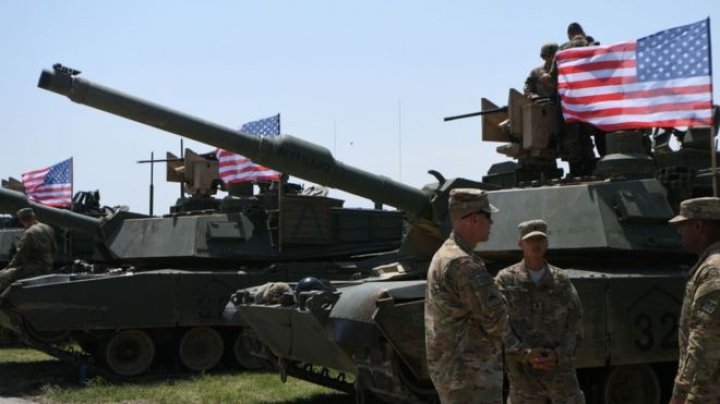How does Nato face Donald Trump?
 foto: PUBLIKA.MD
foto: PUBLIKA.MD
This is a Nato summit like no other. The difference is in large part due to one man - Donald Trump. Under his watch, periodic tensions between the US and many of its allies have turned into fault-lines that could, if allowed to widen, place a question mark over the future of the alliance itself.
What is Nato for?
From its inception, Nato was a defensive military alliance intended to deter any attack by the then Soviet Union.
Once the Cold War was over, Nato set about what it saw as its new tasks: an attempt to spread stability across Europe by welcoming in new members, by establishing a wide range of partnerships with other countries but also by using force on occasion - notably in the Balkans - to prevent aggression and genocide.
But the alliance has always been more than just a military organisation.
It is one of the central institutions of "the West", part of a whole range of international bodies through which the US and its allies sought to regulate the world that emerged from the defeat of Nazism in 1945.
But fundamentally, Nato is an alliance of shared values and transatlantic unity. And this is why Mr Trump's arrival in the White House is proving so disruptive.
Is the transatlantic bond unravelling?
Superficially, at least, the growing tensions between the US president and many of his Nato allies is about money.
Burden-sharing, as it is called, has long been a headline issue at Nato summits.
Mr Trump is not the first president to stress this issue.
But in terms of both style and substance he represents something new.
The debate focuses around the target agreed by all Nato members that defence spending should reach 2% of GDP (gross domestic product, the total value of goods produced and services provided) by 2024.
Spending is certainly up in many countries.
Mr Trump can take some credit for that.
But many allies may still struggle to reach the benchmark target.
Read more on bbc.com.